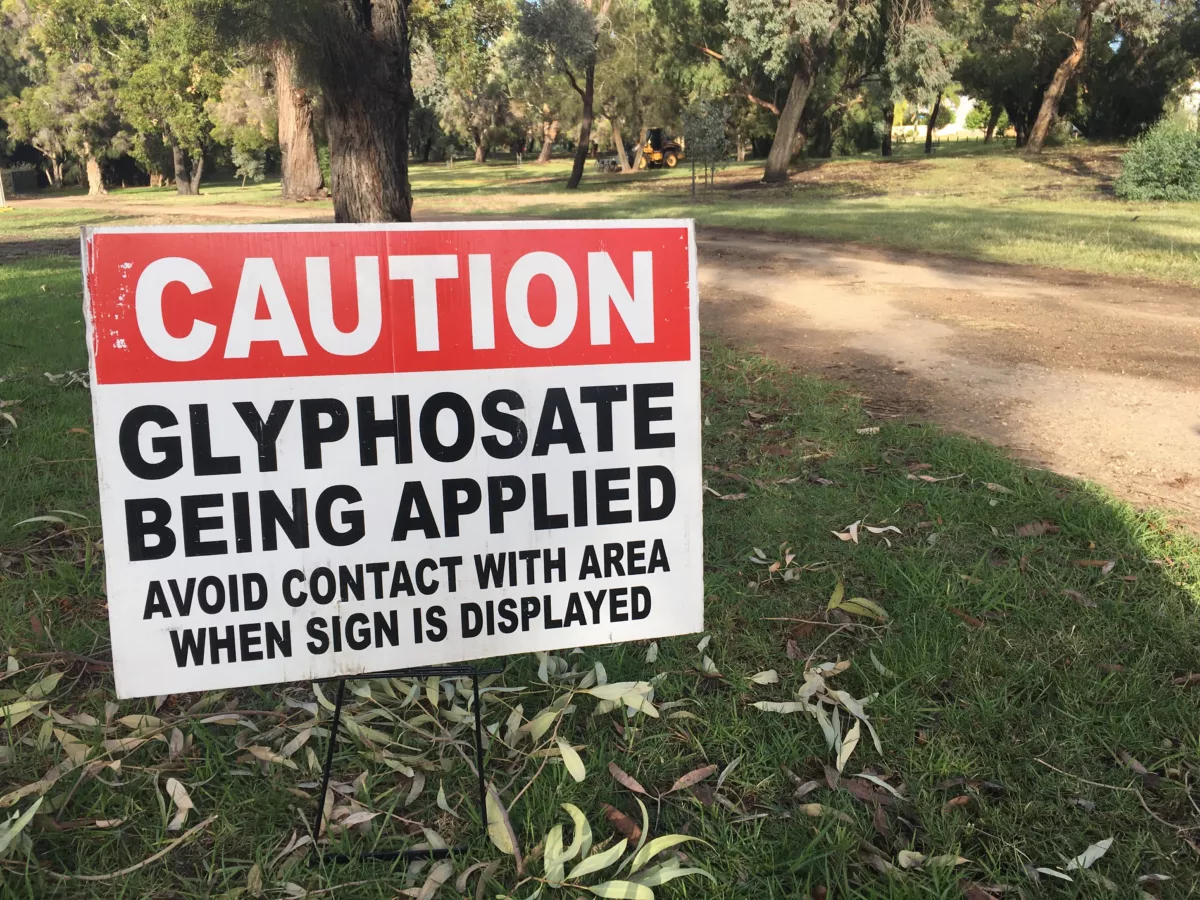The Difference Between Conventional and Holistic Healthcare in Canada
By Dave Stach
“If I could live my life over again, I would devote it to proving that germs seek their natural habitat— diseased tissue—rather than being the cause of dead tissue. In other words, mosquitoes seek the stagnant water, but do not cause the pool to become stagnant” – Dr. Rudolph Virchow, the Father of Modern Pathology
I was among the billions of people confused by the difference between Western or “conventional” medicine and wide-ranging “alternative medicine.”
Here, I explain what no one, for over thirty years, was able to tell me in the overrepresented “holistic,” pseudo-scientific marketing arena.
Virtually all modalities termed “healthcare” have become degraded, perverted, and rendered almost into gibberish in the minds of many, thus spurring confusion, apathy, and even anger at the mere thought of anything related to “health.” Even the word “natural” has been diluted and distorted, largely due to dishonest marketing strategies.
Don’t lose touch with uncensored news! Join our mailing list today.
It has been shown that the food, agricultural, and pharmaceutical industries hire “influencer” dieticians and other practitioners, even in the “conventional” medical system, to shift people’s perceptions of healthcare. This confusion fits very well with what big pharma calls “illness shaping” —giving new labels to existing collections of cellular dysfunction—using vague buzzwords and phrases such as so-called “metabolic syndrome,” “mental illness,” and many others that lack concrete systems or reductionist science definitions so that they can push their latest drug as a treatment.
Western “conventional” healthcare should be called “sick care”
There are two significant branches or philosophies of medical science: reductionism (to reduce or separate) and systems science (holism.) The Western medical model is based chiefly on reductionism, the philosophy that the human body and mind comprise separate components. At the same time, holism views them as a whole—all systems working together.
For example, the modern medical industry treats factors such as high cholesterol and high blood pressure as individual maladies in coronary artery disease. This approach is also used for other conditions like hypothyroidism and diabetes. Each illness is treated separately, with the belief that treatments work independently. However, this approach ignores the complex connections between diseases and treatments, assuming their effects just add up.
Germ Theory emphasizes the need to focus on germs and find ways to eliminate them. In contrast, the terrain model suggests that a healthy and balanced body can naturally resist germs and stay healthy. Both views are important. Today, our bodies struggle because of bad soil, harmful substances in our food, air, and water, daily stress, poor diets, fast food, and exposure to radiation and EMFs. This makes it crucial to have medications available to fight germs when our bodies are not functioning well.
“Germs seek their natural habitat, diseased tissue, rather than being the cause of diseased tissue.” – Dr. Antoine Bechamp
When considering the human body as a system of interconnected parts, Western medicine tends to pinpoint the specific element that most significantly influences the observed condition. Doctors often approach illness by identifying distinct irregularities, like a mechanic diagnosing a malfunctioning vehicle by finding the faulty component. This method is underpinned by a fundamental assumption that each disease can be traced back to a singular focus for treatment.
In the case of infections, the focus is on the pathogen; for cancer, it’s the tumour; and for gastrointestinal bleeding, it’s the source of the bleeding, whether a vessel or an ulcer. In the case of common depression and cognitive problems, the focus is often on anti-depressants, anti-psychotics and other singular medications that may or may not provide relief.
The effectiveness of this method is apparent, yet it often overlooks the importance of individual context. For instance, a young man with a weakened immune system suffering from pneumococcal pneumonia typically receives the same antibiotic regimen as an elderly woman with the same condition. In this scenario, the illness takes precedence over the patient’s unique characteristics.
Unfortunately, our current analytical tools cannot tackle more intricate inquiries. As a result, questions like “In what ways do a person’s sleep patterns, dietary choices, living environment, existing health issues, and stress levels collectively influence and develop their heart disease?” often go unanswered.
Confusion and apathy lead us to the never-ending medical bureaucratic maze
I was so confused that I didn’t know which doctor to turn to for help. Ultimately, I went to a Western medical doctor and got a prescription. Tired of not seeing tangible results and dealing with new symptoms, I stopped taking the medication, only to find my symptoms got worse years later. I was then sent to specialists who didn’t talk to my general practitioner, which made me even more frustrated. Eventually, I got an appointment with my mother’s long-time “functional” doctor, but I didn’t understand what that meant. He gave me some treatments that worked, but I later realized he wasn’t sharing everything with me. It took me years to uncover the complete picture on my own, and I discovered that nutrition is far more than the trivial concept of merely “food.”
How can you help the body’s cells and prevent and treat health problems?
Most people don’t associate habits like social drinking and coffee consumption with wrinkles, black marks under the eyes, white marks on nails, and hundreds of other subtle health indicators. Instead, they associate those indicators with the gradual symptoms of aging or even as a more acute occurrence. They consider those symptoms merely “normal” and don’t correlate them with the “snapshot in time” blood serum results and other measurements doctors utilize in a typical Western medical practice.
For instance, X-rays can reveal physical damage to an organ, but an organ that looks normal on an X-ray might still be underperforming due to nutritional deficiencies. A blood test may show “normal” results from that specific blood lab (they all have their own parameters based on demographics), but they may not be typical for your situation, especially when compared with other countries.
Researchers have discovered distinct changes in the body that signal a lack or excess of certain nutrients. By analyzing this “body language,” they can accurately identify deficiencies or surpluses of specific vitamins, minerals, proteins, and other essential elements. This technique is called “nutritional symptomatology,” which focuses on interpreting physical indicators to reveal the underlying causes of these imbalances.
In the early 1950s, Dr. Abram Hoffer conducted important double-blind studies on using nutrients to treat schizophrenia. He collaborated with a team of 30 researchers, including Dr. Linus Pauling and Dr. Humphry Osmond, across four mental hospitals and three psychiatric wards in Saskatchewan, Canada. During this time, Tommy Douglas, the Premier of Saskatchewan, backed this significant nutritional research and secured funding from the Rockefeller Foundation.
Much like a Botanist, we need to analyze the “terrain”
What approaches should the Western medical model take but doesn’t?
1. Internal Environment: The Terrain Model indicates that the body’s internal environment, especially pH levels, is crucial for good health. A balanced internal state is proven to improve the body’s ability to resist illness.
2. Microorganisms: Unlike the Germ Theory, which considers microorganisms the leading cause of disease, the Terrain Model considers them secondary factors. It suggests these organisms can only cause illness when the internal environment is unbalanced.
3. Immune System: This model emphasizes the importance of a strong immune system and overall health in maintaining well-being. A healthy immune system can protect against diseases, even in the presence of microorganisms.
4. Intake and Lifestyle: The Terrain Model stresses that personalized nutrition, lifestyle choices, and stress management are essential for shaping the internal environment. A tailored approach to nutrition and healthy living can help maintain a balanced internal state.
Every person has a distinct biochemical profile. Just like our fingerprints, voices, and physical traits differ, so do our nutritional needs. Each body reacts uniquely to the same biochemical choices we all make daily.
Our bodies are suffering because of nutrient neglect. We know that. We want to change. We want to claim back our health. But the overwhelming question is, “How?” With the dramatic rise in the supplement and herbal market, we are bombarded with products, packages and, yes, often, gimmicks. How often have you stood in the “Health Food Section” of your local grocery store knowing you should be taking SOMETHING but not knowing WHAT? Before you invest any more money in a product, not knowing if you even need it, invest in a personalized symptomatology assessment.
Dave Stach, BA(H), OHP, is starting his orthomolecular nutrition practice and is open to networking opportunities. If you’re seeking a personalized approach based primarily on the terrain model, you’re invited to use his Free Symptom Measure Tool available at nutrirebel.com/symptom-measure-tool.html















